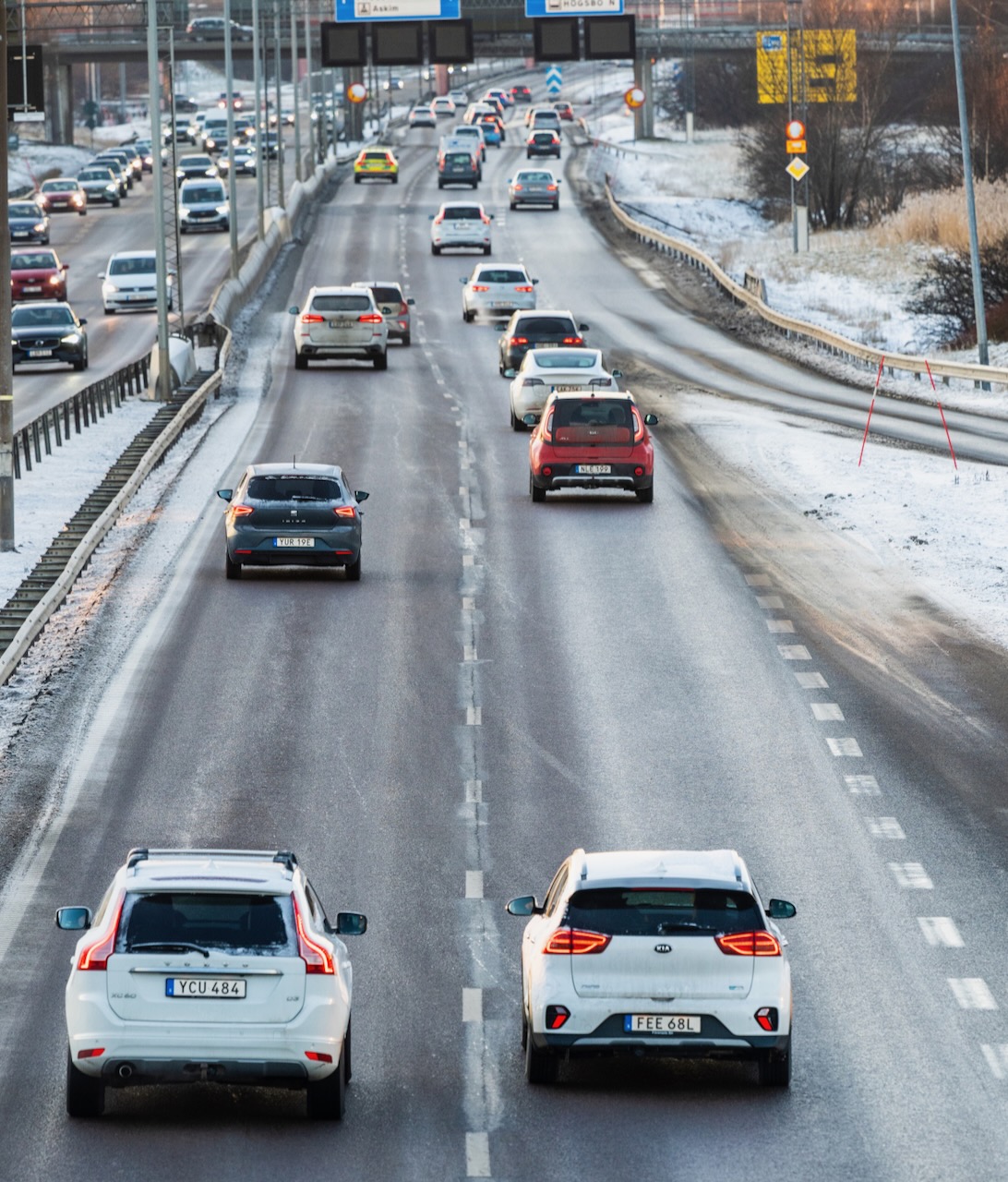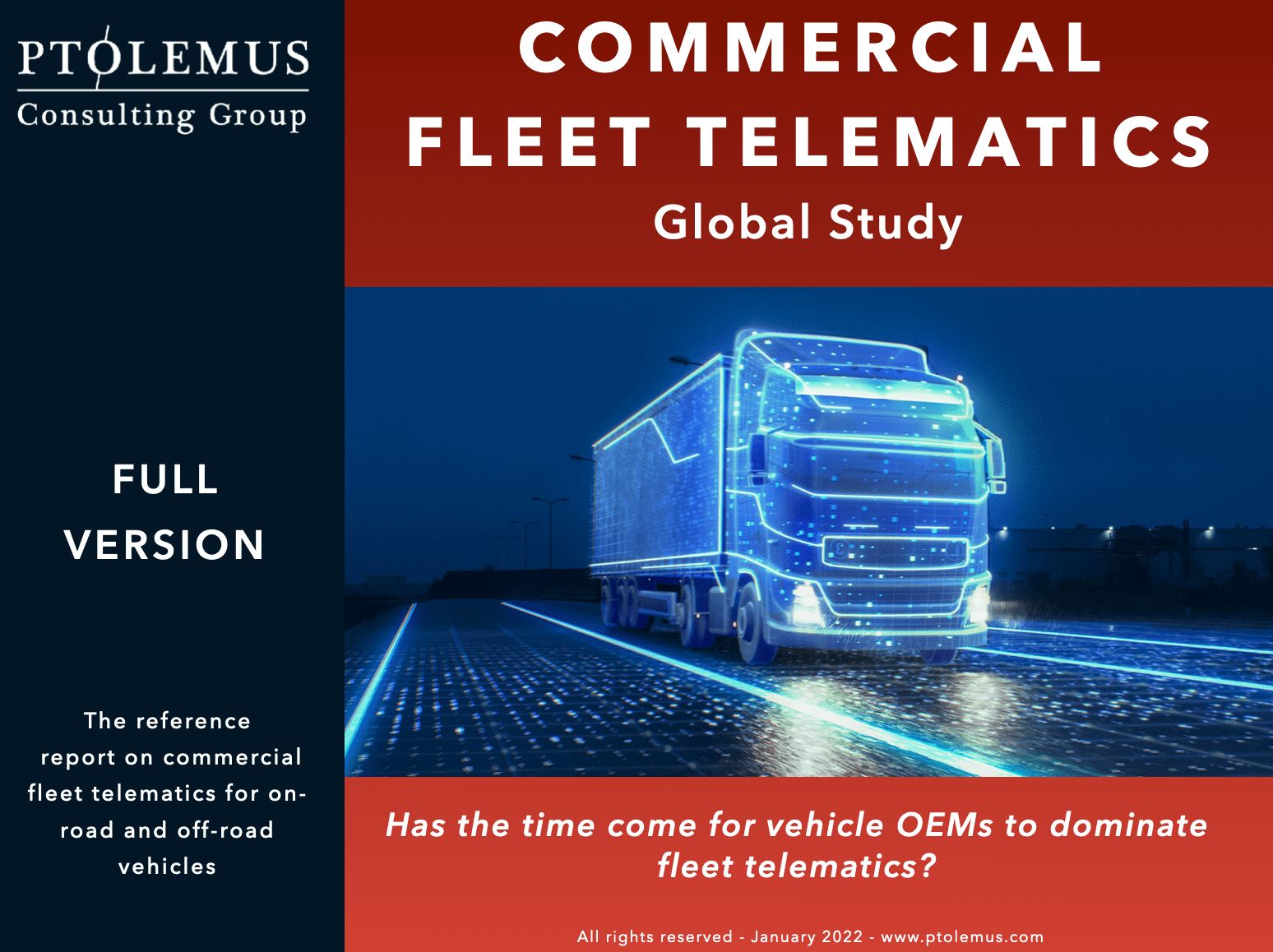What is Driving Risk Management and why is it needed?

What is the problem?
According to the International Labour Organization (ILO), road traffic accidents account for 25-35% of all work-related fatalities worldwide. In exposed industries such as transportation and logistics, the share of work fatalities due to driving can be much higher, often surpassing 50%.
In the US, the Bureau of Labor Statistics (BLS) found that 38% of work-related fatalities were caused by transportation incidents (in 2022), making it the leading cause of work-related deaths.
NETS (Network of Employers for Traffic Safety) estimated that on-the-job crashes cost $26,000 per crash, $78,000 per injury, and in total $39 billion per year to employers ($72 billion if we include off-the-job crashes for which costs accrue to employers) in 2018.
Beyond the direct cost, companies expose themselves to liabilities. For example, in the UK, according to a Roadsafe study, in 2018, 520 people died in collisions involving a driver or rider driving for work, but only 12% of them were working drivers or riders. 83% of those killed were non-working road users!
Last but not least, work-related crashes are not just statistics and business costs. They lead to human tragedies, leaving families and communities to bear the grief and loss.
Unfortunately, in most companies, a “benign neglect” policy has de facto been adopted. “What is not in the workplace is not our responsibility” was the norm among CxOs. But this strategy, which was presenting road accidents as “bad luck” is proving its limits.
The end of benign neglect
First, costs are skyrocketing. Dangerous driving impacts the Total Cost of Ownership (TCO) of a fleet: it results in a significantly inflated energy spend but also high maintenance and repair costs, a lower residual value, etc. But the most visible part relates to insurance (or self insurance) costs. For example, the Council of Insurance Agents & Brokers indicates that the cost of commercial auto insurance has grown by 8% per quarter since 2017 in the US.
Secondly, causes are now being identified. For example, the share of drivers who use their phones while driving is surprisingly high and increasing with the latest generations.
 Worryingly, 30% of American truck drivers admitted using amphetamines and more than half of drivers killed in crashes tested drug-positive in 2020!
Worryingly, 30% of American truck drivers admitted using amphetamines and more than half of drivers killed in crashes tested drug-positive in 2020!
Thirdly, a number of new regulations are being introduced that will force change.
For example, the Corporate Sustainability Directive (CSRD) will require 60,000 companies active in the EU to improve their social & environmental practices in 2025. And work-related risks will be part of the KPIs to be monitored. The penalties for non-complying companies will be financial, reputational but could also involve imprisonment of Directors in certain countries such as France!
What is the optimal solution?
Now that the company’s responsibility is clearly established, it remains to be seen how its board and executive team can reduce these unnecessary risks.
Until relatively recently, most of the solutions deployed to handle these issues were to cover “blue collars” driving commercial vehicles.
They typically relied on the use of telematics-enabled Fleet Management Systems (FMS) from vendors such as Webfleet or Fleet Complete. While affordable, these multi-purpose solutions are in reality rarely optimised for safety monitoring and risk reduction. And they generally do not tackle the most important part, which is to convince drivers to change their behaviour.
To address the highest risk fleets, suppliers such as Lytx, Nauto and VisionTrack have been proposing dash cameras including telematics but also forward- and driver-facing cameras. These solutions, which allow the detection and recording of crashes but also the identification of problematic driver behaviours are very effective but are also relatively expensive and very intrusive on drivers’ privacy.
Another set of solutions relies on driver training and is championed by companies such as Smith System. They are typically based on face-to-face driver training sessions and combine top down teaching and personal driver coaching lessons. In the last few years – this was accelerated during the COVID pandemic – more and more suppliers have offered digital versions including e-learning. eDriving has been the key player here, followed by companies such as Applied Driving or CEI.
In the US, another model has prospered relying on the detection of driver risks based on Motor Vehicle Records (MVRs). Championed by companies such as Samba Safety, these solutions include the push or pull retrieval of driver penalties, from speeding events to suspended licenses. While relatively inexpensive, these solutions are based on historical records, i.e. looking at the past. They only detect the “worst” offenses but typically do not detect more prevalent dangerous patterns such as tailgating. They are also not usable outside of the US.
In 2017, eDriving launched the Mentor app. This app revolutionised the market by
- Relying on an affordable digital-only solution based on drivers’ smartphones (vs a hardware solution),
- Allowing the monitoring but also the coaching of the whole fleet of vehicles including white collar drivers, from sales representatives to senior executives,
- Integrating operational management into the equation,
- Being scalable globally,
- Being able to adapt to all vehicle categories, from heavy trucks to two-wheelers.
Based on our estimates, eDriving, now owned by Solera, is now close to reach 700,000 users for its app. This success is based on a strong effectiveness combined with a relatively low cost per driver. It has convinced large fleets such as Amazon and Ecolab.

Based on PTOLEMUS’ recent analysis of the global Driving Risk Management (DRM) market, smartphone-based DRM has been the fastest growing segment.
As shown in the chart beside, smartphone DRM can offer a durable and sizeable reduction in risk at a fraction of the cost of other solutions. Because they do not require any new hardware installation, they are also much easier and faster to deploy on a large scale.
We expect smartphone apps’ scalability to facilitate a take-off in the DRM market. Their affordability and very simple implementation make them ideal for small but also medium-sized and large fleets.
And eDriving is now followed by suppliers such as Applied Driving, Brightmile, and CEI. Each of them has its strengths.
Applied Driving combines the app with other DRM solutions and has gained traction with British companies such as Amey and SSE.
Brightmile, a pure play app provider, has found success with large international fleets such as Heineken, L’Oréal and Pepsico by putting the emphasis on driver engagement through rewards and gamification.
Finally CEI, which has been acquired by fleet management company Element, focuses, like eDriving, on the completeness of its solution.
Overall we expect the smartphone DRM market to continue to grow very fast and reach $1.8 billion in 2030. We believe that these digital solutions will increasingly be part of corporations’ standard processes, health and safety plans and fleet policies.
The ultimate success of enterprise policies in reducing risks will remain based on 3 pillars:
- An attractive user experience for drivers, which implies reliable driving scores, triggers for customised coaching lessons and strong incentives to keep using the app,
- The smooth and reliable integration of driver behaviour in management KPIs, particularly for all employees that use a company vehicle,
- A maintained focus by the organisation on the safety topic, which makes safety a key part of the management of their mobile workforce.
To obtain PTOLEMUS’ detailed analysis and forecasts on the DRM market, please contact Frederic Bruneteau, who has completed more than 80 consulting assignments related to fleet management. He recently supervised the research for the Commercial Fleet Telematics Global Study.

